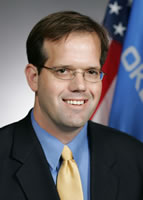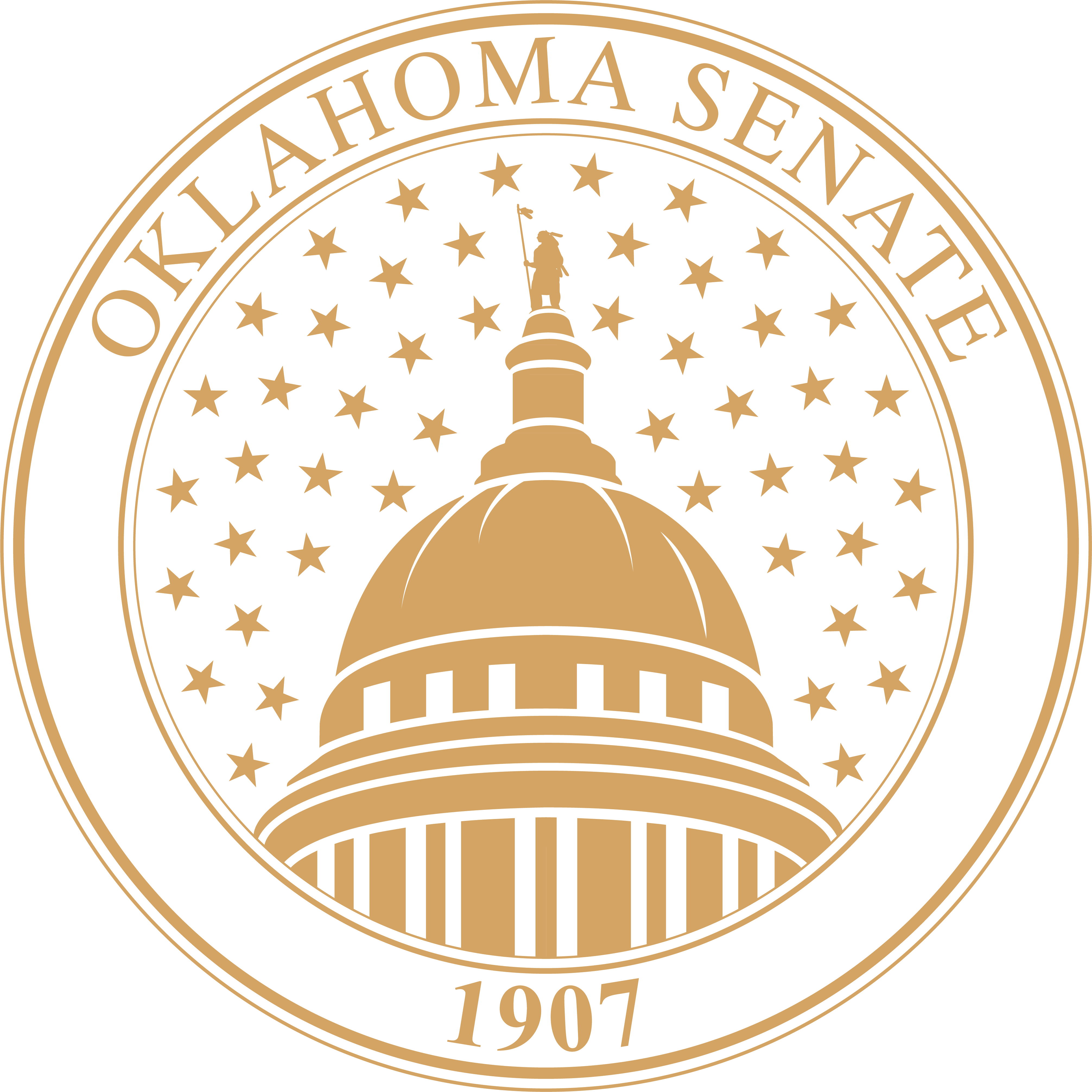In order to provide equal access and equal opportunity to people with diverse abilities, this site has been designed with accessibility in mind. Click here to view
Anderson: audit vindicates critics of American Indian Cultural Center and Museum
 Sen. Patrick Anderson
Sen. Patrick Anderson
Sen. Patrick Anderson today said a report on the American Indian Cultural Center and Museum (AICCM) released by the State Auditor and Inspector vindicates critics of further debt-financing for the project. The audit shows that over $97 million in state funds have been spent on the project, and yet, after seven years of construction, its promoters claim they still need an additional $80 million to complete the facility.
Anderson said Oklahoma taxpayers deserve better stewardship of their money than AICCM leaders and Board members have provided.
This project is the epitome of government waste and demonstrates how easy it is for government officials to spend other peoples money without regard to cost, said Anderson, R-Enid. The leadership of this project has failed miserably and their failure certainly does not deserve to be rewarded with additional state funding. Walking away from this project may be a difficult pill to swallow, but it is time that we make a business decision on what is in the best interest of Oklahoma taxpayers. No private business would operate in this manner.
The report states the Boards inefficient and ineffective management of the project contributed directly to rising project costs. According to the audit, $18.7 million, or 20 percent of state funds expended on the project, have been spent on consultants. The audit shows the AICCM Board attempted to rely on consultants because the agency had been staffed with personnel who lacked experience relevant to the project. From 1994-2005, the audit states, none of the agencys employees had experience in agency administration, project management or museums.
In relying on expensive consultants, the audit suggests the Board was acting according to a pattern by which they equated cost with quality, without any in-depth consideration of money-saving alternatives.
As the audit shows, when given the opportunity to choose less expensive options for the construction of this museum, project leaders chose to select the most expensive option even though they knew they did not have adequate funding, Anderson said. One would think that with so much spent on consulting, the consultants themselves might have suggested a more financially sound way to complete the construction of this museum. The taxpayers of Oklahoma deserve better stewardship of their money than the leadership of this project has provided.
 Oklahoma Senate
Oklahoma Senate

